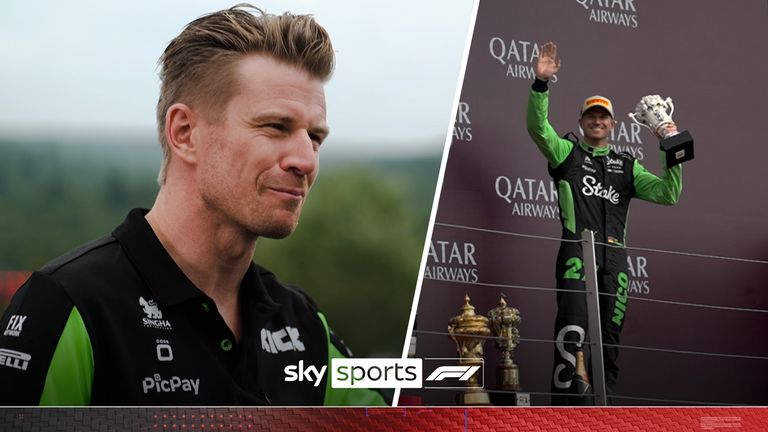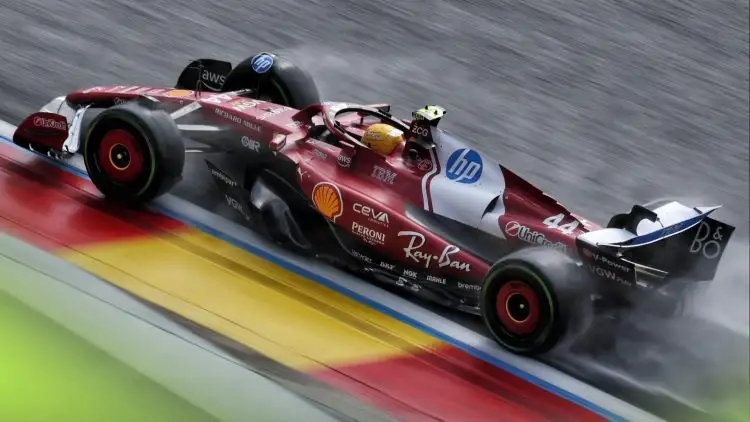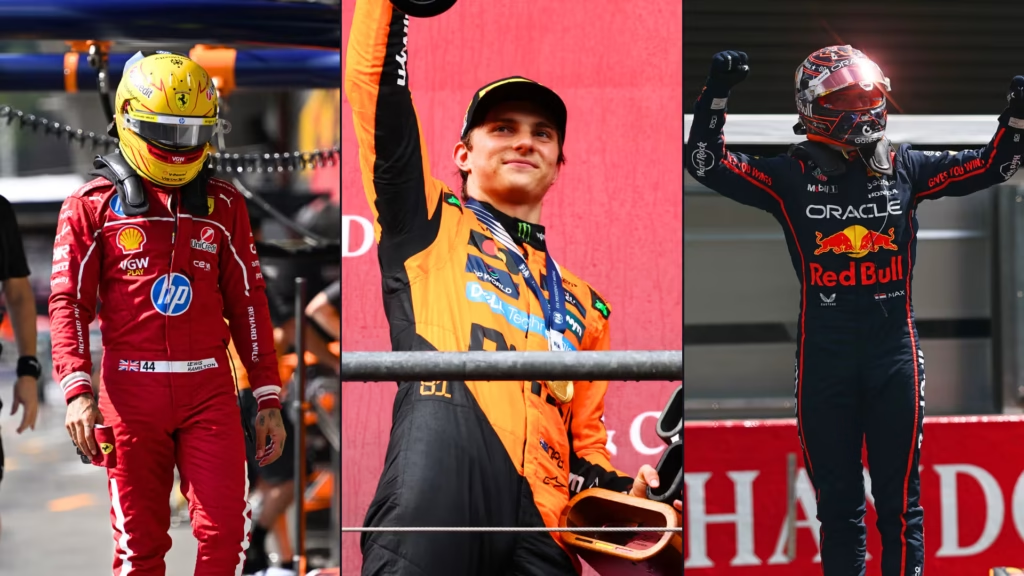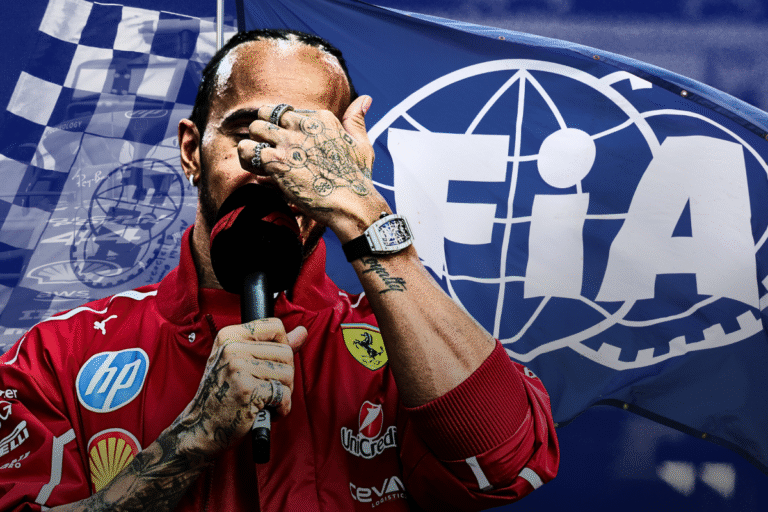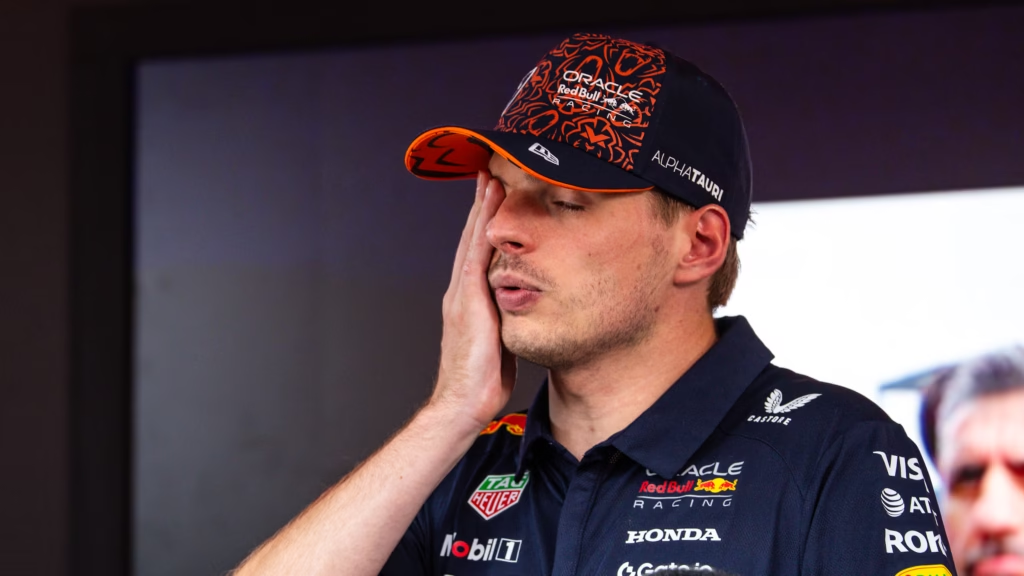
Max Verstappen finished fourth in the Belgian Grand Prix after spending the entire race chasing Charles Leclerc’s Ferrari. Despite his earlier dominance in the Sprint race with a low-downforce setup, Verstappen and Red Bull switched to a high-downforce configuration for the main Grand Prix in anticipation of a wet race. This change ultimately compromised their straight-line speed, which proved costly once conditions improved and a drier race unfolded. Verstappen admitted that he never truly felt in contention for the podium due to the car’s limitations under these circumstances.
The race itself was delayed by 80 minutes due to heavy rain and poor visibility, altering the expected strategy. Once underway, drivers quickly moved to slick tyres after fewer than ten laps. Red Bull’s chosen setup, optimized for wetter conditions, didn’t translate well once the track dried. Verstappen struggled to overtake Leclerc despite being quicker on intermediate tyres early on, noting the aerodynamic loss in turbulent air made his car unstable when close behind.
On slicks, Verstappen found that Leclerc was able to gradually pull away, apart from one error where the Monegasque lost time. Even then, Verstappen didn’t feel he had a real shot at overtaking. He criticized the setup choices, especially the rear wing configuration, as misaligned with the actual race conditions, pointing out that the lack of actual wet laps made their setup gamble ineffective and unfortunate.
A significant concern Verstappen raised was Red Bull’s ongoing struggle with tyre degradation during races. He said the team was “just not strong enough” in managing tyres, which remains a limiting factor in their competitiveness. Despite his efforts and a strong performance in the Sprint, this issue prevented him from challenging for the top positions in Sunday’s Grand Prix.
